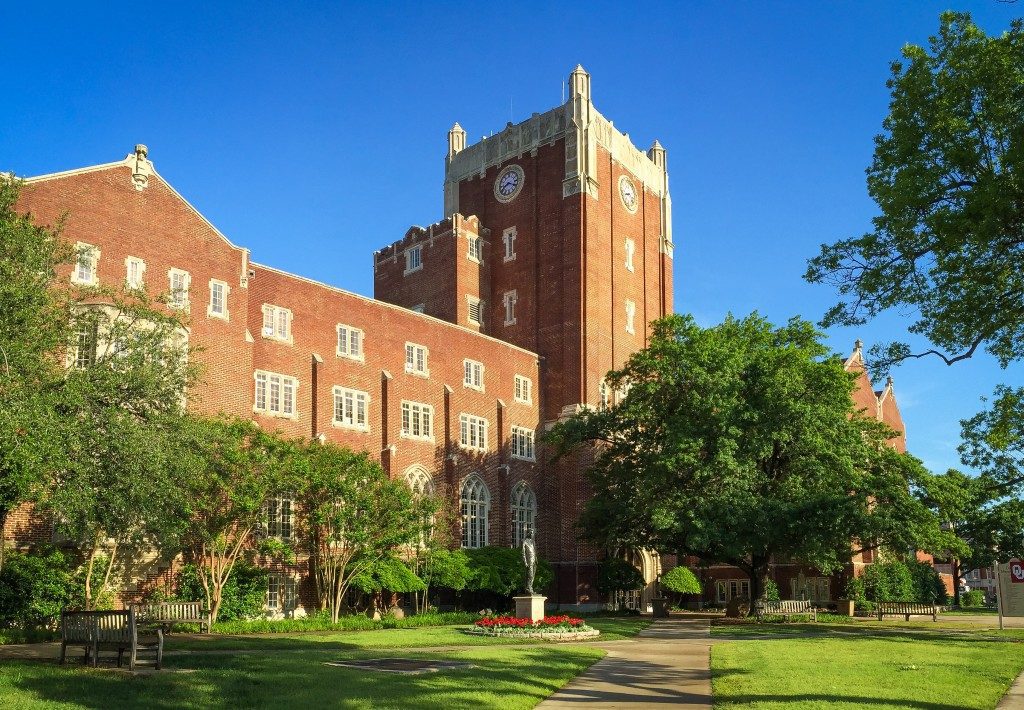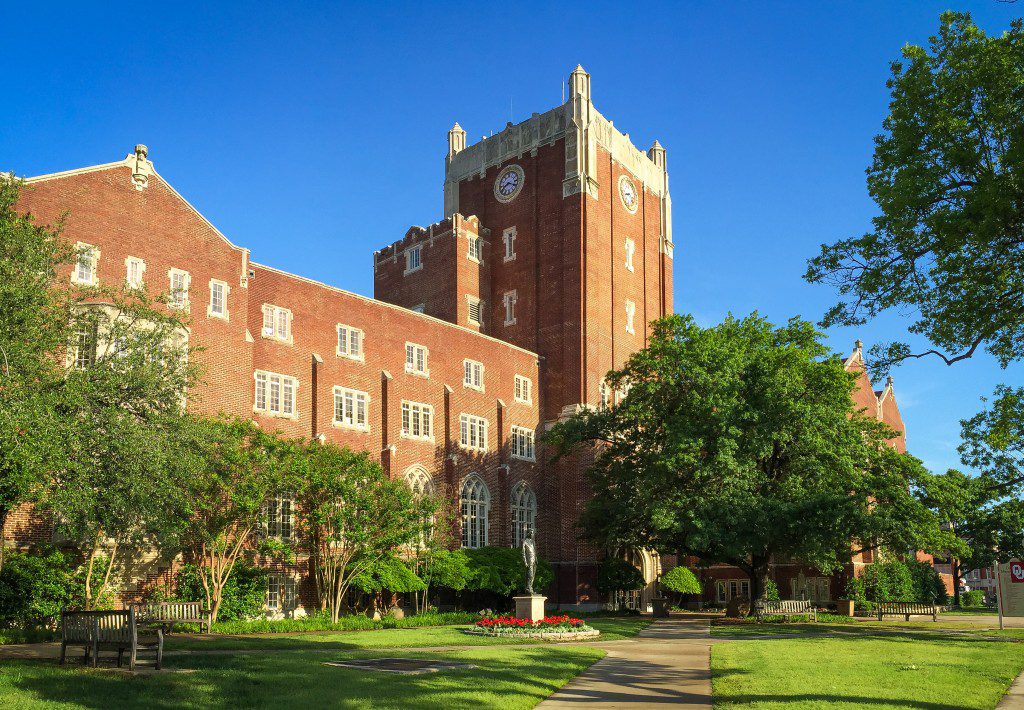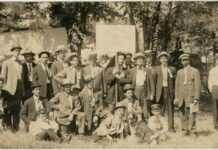
[dropcap]During[/dropcap] the 1930s, in the depths of the Great Depression and before the United States’ entrance into World War II, millions of people were out of work and struggling to survive. President Franklin Roosevelt was desperate to find ways to put people back to work. And that is how the Works Progress Administration (later the Work Projects Administration) relief program was born. It was part of Roosevelt’s New Deal and offered a new start and new opportunities to millions of people, including many in Oklahoma.
The WPA was an effort to both stimulate the economy and help able-bodied workers provide for themselves. Workers were hired to do a range of skilled and unskilled projects. They built public buildings such as school auditoriums, facilities at public parks, National Guard armories, city halls and jails. Women and men alike worked in school cafeterias, nursery schools and libraries, and many participated in adult education programs.
The construction projects had large, long-lasting effects on Oklahoma.
The state was hard hit by the Great Depression. People had lost jobs, farms, homes and the ability to feed their families. So, the opportunity to work, whether in a skilled trade as an artist or as a laborer on construction sites, was welcomed by many. And the benefit to the state provided additional opportunities that might not have existed otherwise.
“The infrastructure created by the WPA and other New Deal programs is, in many cases, still serving Oklahomans today. The WPA built schools, recreational facilities, roads and bridges, National Guard armories and much more. It is difficult to imagine what the conditions would have been for Oklahoma school children through the mid-20th century if it were not for the WPA,” says Melvena Heisch, deputy state historic preservation officer with the Oklahoma Historical Society. Overall, 1,010 schools were constructed in the state, along with hundreds of other school and community facilities.
[pullquote]
More WPA Projects
Memorial Union Tower University of Oklahoma
Mohawk Park Tulsa
Oklahoma National Guard Armory Oklahoma City
Will Rogers High School Tulsa
Will Rogers Park Oklahoma City
Woodward Park Tulsa
[/pullquote]
Many of the men hired for these projects had no background in masonry or carpentry, but were able to learn these useful skills as they worked. A study of these structures done in the late 1980s by researcher W. David Baird found that the workmanship improved over time. Baird’s study also found that the work was “above average.” This was due to two reasons: first, the workers improved as they gained more experience. Second, because the goal of the projects was to employ people, not the actual output of the work, there was no pressure to complete projects quickly. Workers could take their time and do their jobs correctly. According to Baird’s study, the WPA employed an average of 51,292 each month in Oklahoma between 1935 and 1941.
The WPA disbanded at the federal level in 1943, when its necessity had come to an end because of the United States’ involvement in World War II and a wartime economy that provided employment opportunities. But the relief program’s influence continues to be seen in Oklahoma nearly 75 years later.

























